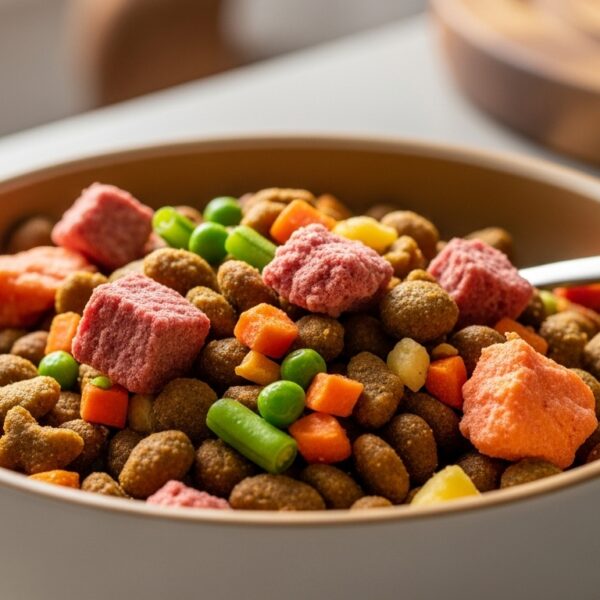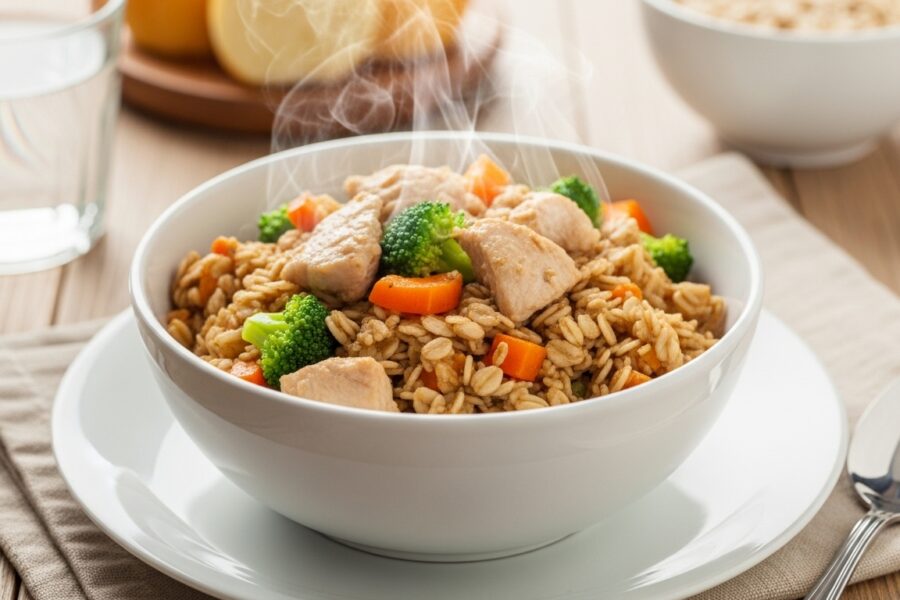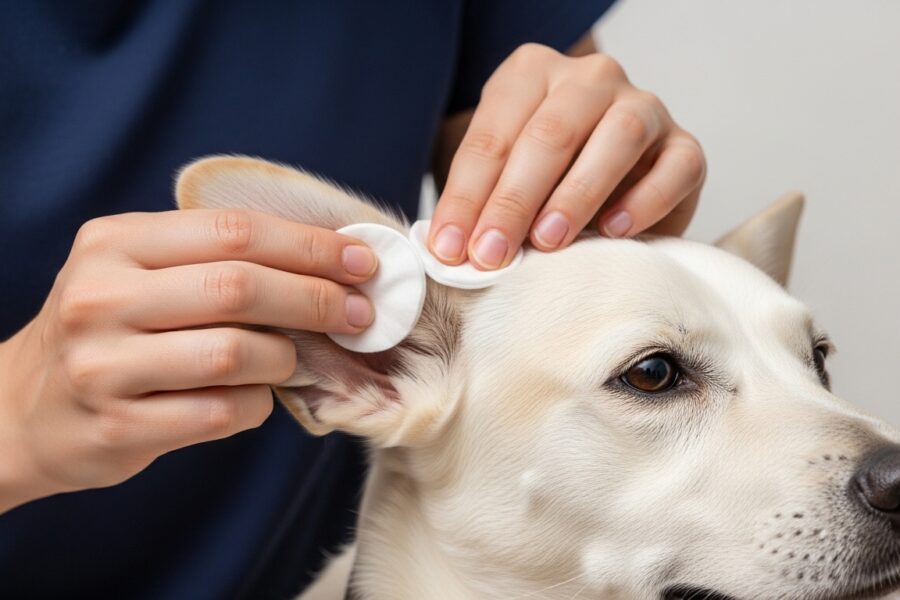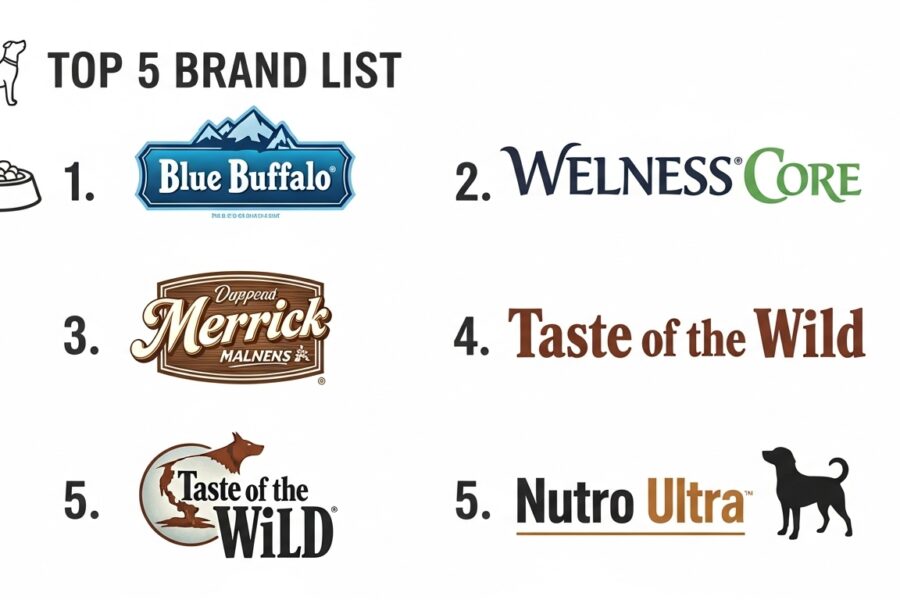Table of Contents
Introduction
When it comes to your dog’s health, what you put in their bowl truly matters. But with a dizzying number of brands lining supermarket shelves, it’s not always easy to know which ones put your dog’s well-being first—and which to avoid altogether. Some brands cut corners, use unhealthy fillers, or hide questionable ingredients in fine print. So, how can you tell? Let’s uncover dog food brands to avoid, the hidden ingredients that pose a risk, and warning signs every dog owner should know before making that next purchase.

Why Ingredient Quality Matters
Just like humans, dogs need healthy, whole foods—not processed junk! Some brands use cheap fillers, artificial preservatives, and undisclosed by-products that can harm your pup’s long-term health. Choosing the wrong food can lead to allergies, digestion problems, skin issues, and more.
Common Red Flags in Dog Food
1. Meat By-Products & Unnamed MeatsBrands listing “meat by-products” or vague ingredients like “animal meal” or “animal fat” should raise concerns. These can be leftovers from the slaughterhouse—sometimes unfit for human consumption.
2. Artificial Colors & PreservativesIf you spot ingredients like BHA, BHT, ethoxyquin, or artificial dyes (Red 40, Yellow 5), steer clear! These chemicals are linked to potential health problems in both dogs and humans.
3. Corn, Wheat, & Soy FillersCheap fillers like corn, wheat, and soy are often used instead of nutrient-rich meat. Some dogs develop allergies or digestive issues from these ingredients.
4. Added Sugars & SweetenersLook out for cane molasses, corn syrup, or fructose. Dogs simply don’t need added sugars—these just encourage obesity and poor dental health.
5. Mystery “Flavorings”Ingredients like “natural flavors” are often code for chemically-derived additives, not real food. If the ingredient list isn’t transparent, choose another brand.

Top Dog Food Brands to Avoid
Disclaimer: This isn’t about shaming, but about helping responsible owners make informed choices. Some well-known brands have repeatedly been flagged for low-quality ingredients, recalls, or misleading marketing:
- Beneful (Purina): Known for artificial colors and preservatives, corn-heavy formulas, and various by-products.
- Ol’ Roy (Walmart store brand): Often packed with unnamed meat meals, soy, and artificial preservatives.
- Kibbles ‘n Bits: High in sugars, dyes, and corn, with minimal real meat.
- Pedigree: Commonly includes meat by-products, artificial colors, and low-quality grain fillers.
- Gravy Train: Repeated recalls and use of BHA as a preservative.
- Alpo: Uses meat by-products, soy, and artificial colors.
- Dog Chow (Purina): Contains cheap fillers like corn and soy, by-products, and artificial colors.
- Twin Pet: Very basic, low-cost formula with lots of cheap fillers and very little real meat.
Note: Ingredient lists and formulas can change over time—always double-check the latest packaging before you buy!

Safer Alternatives & What to Look For
Instead of focusing only on the bad, here’s what great dog food should include:
- Real Meat as the First Ingredient: Look for “chicken,” “beef,” or “salmon” at the top.
- Whole Food Ingredients: Ingredients you recognize—brown rice, peas, carrots, sweet potatoes.
- No Artificial Colors or Preservatives: Natural preservation is better.
- Grain-Free (If Needed): For dogs with grain sensitivities.
Highly Rated Brands in the USA (2025):(Always do your own research, but these names often make “best dog foods” lists!)
- Blue Buffalo, Wellness, Canidae, Taste of the Wild, Nutro, Merrick, Orijen, Acana.
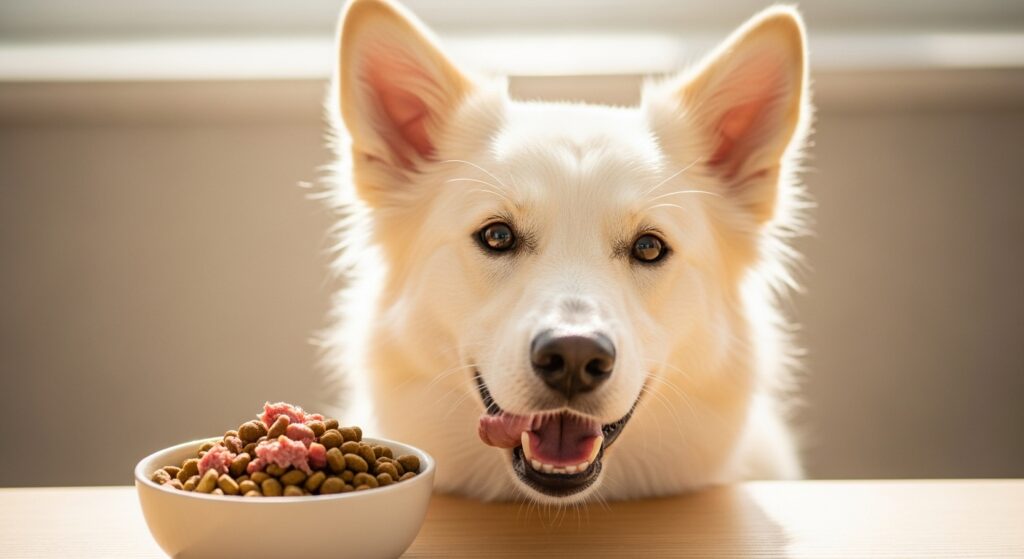
Spotting Recalls and Staying Updated
Even healthy-sounding brands can make mistakes. Before you buy, it’s smart to check recent recalls:
- Check the FDA Pet Food Recall List: FDA Dog Food Recalls
- Read Reviews & News: Check pet forums and independent review sites for any alerts.
FAQs about Dog Food Brands to Avoid
Q1: Why do popular brands use so many fillers and artificial ingredients?A: Because fillers and artificial additives are cheap. Using them means higher profits, but not healthier dogs.
Q2: Are by-products always bad in dog food?A: Not always. Some by-products (like organ meats) offer nutrition, but “unnamed” by-products can mean low quality and should be avoided.
Q3: What should I do if my dog refuses healthier food?A: Transition slowly. Mix healthier food with their old food, increasing the new kind over a week or two until they adjust.
Q4: Can I trust small, boutique brands?A: Sometimes! They often focus on quality, but always double-check AAFCO certification and recent recall history.
Q5: Does price always mean better quality?A: Not always, but super-cheap foods often cut corners. Aim for mid-range to premium brands for the best balance of price and quality.
Conclusion
Choosing the right dog food brand is about more than just price or a familiar label. By knowing dog food brands to avoid, red flag ingredients, and the questions to ask, you can confidently pick a food that supports your pup’s health for years to come. After all, your dog deserves nothing but the best—happy feeding, and here’s to a healthier, happier companion!



